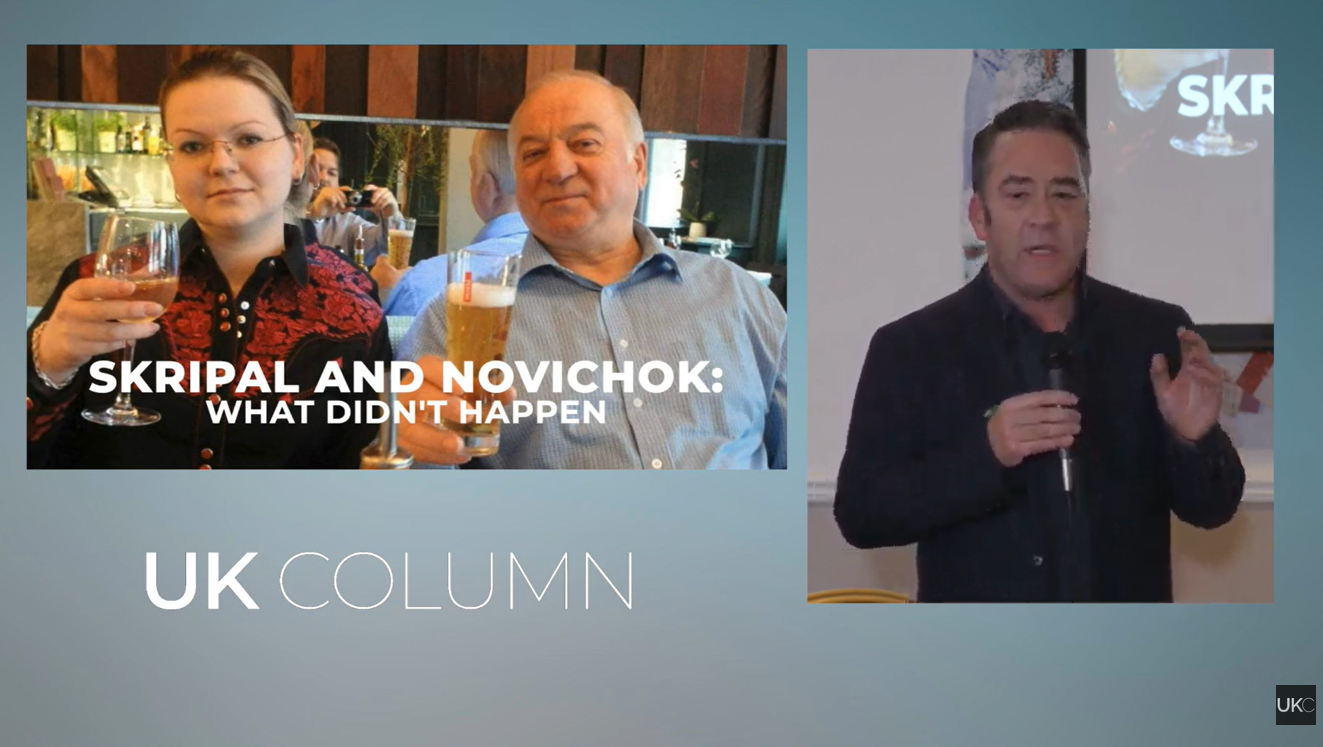While browsing the Herald archive.
A short guest post from Matt Vallance. WHILE doing some rugby research this morning, I chanced upon an item in the Glasgow Herald, of 7 January, 1957. This was a review of the Winter issue of The Saltire Review, which cost the princely sum of 2 shillings and 6 pence (half a crown in oldContinue reading "While browsing the Herald archive."
A short guest post from Matt Vallance.
WHILE doing some rugby research this morning, I chanced upon an item in the Glasgow Herald, of 7 January, 1957. This was a review of the Winter issue of The Saltire Review, which cost the princely sum of 2 shillings and 6 pence (half a crown in old money, 13p in new money). The subject of the issue was the state of Scotland as the 250th anniversary of the signing of the Treaty of Union – which passed on 16 January, 1957, approached.
In his preparatory remarks, Saltire Review Editor JM Reid nailed his colours to the mast, stating that, in signing the Treaty in 1707: Scotland signed her death warrant as a state.”
He continued that since the 200th anniversary, in 1907, Scottish voices, Scottish architecture (even if only in tenements and neo-baronial mansions, Scottish newspapers and Scottish businesses were still distinctive – in contrast he implied, to the state of Scotland in 1957.
Even then, he saw Scotland increasingly dominated by “BBC speech, a class pattern of education and economic control from the South.”
Mr Reid suggested: “In our day, the Union is to become final and total; and Scotland as anything more than a geophysical term is going to slide out of existence for ever.” This view was put forward, it should be remembered, a mere ten years before Winnie Ewing won the Hamilton By-Election.
Colin Clark, an Australian-Scottish economist of the time was also fairly downbeat. While he conceded the Union brought Scotland greater prosperity, he believed this: “could and should have been done without such close political union.”
The Herald of the time, however, pours water on this theory, wondering quite how the American or Australian form of federalism Mr Clark favoured could have been achieved in 1707.
In another article Headmaster and future President of the Robert Burns World Federation Dr James Anderson Russell, looking at Scottish education, suggested that while the Education Act of 1947 had brought about: “an excellent educational system,” he doubted whether Scotland: “strangled by the bureaucracy of Whitehall or our too-compliant Department at St Andrew’s House, is able to reap the benefits.”
This magazine, it should be remembered, appeared at the high water mark of Unionism in Scotland. Between them the Unionist Party (30 seats) and the National Liberal and Conservative Party (6 seats) had delivered 50.1% of the popular vote and 36 of the 71 Scottish seats to parties taking the Conservative whip at Westminster.
Labour took first place in Scotland at the 1959 General Election, holding that lead until the SNP landslide of 2015.
When that edition of the Saltire Review came out, the SNP was very-much a fringe party. In the 1955 General Election, they had put-up only two candidates and amassed a total of 12,112 votes.
It is certainly interesting, from today’s Scotland, to look back at how we saw ourselves a mere 64 years ago. The political landscape may be different, but, many of the same problems still bedevil Scotland. I wonder too, what the Herald of 2021’s view would be, should someone (such as a Scottish former UK Prime Minister) put forward an argument for federalism as an alternative to independence. I doubt if they would dismiss it as arbitrarily as back in 1957.
That said, I cannot see the 2021 Herald running the same story as they did back in 1957, JM Reid’s take on the Union would, I fancy, not go down well with today’s high heid yins in that paper.
What's Your Reaction?











































